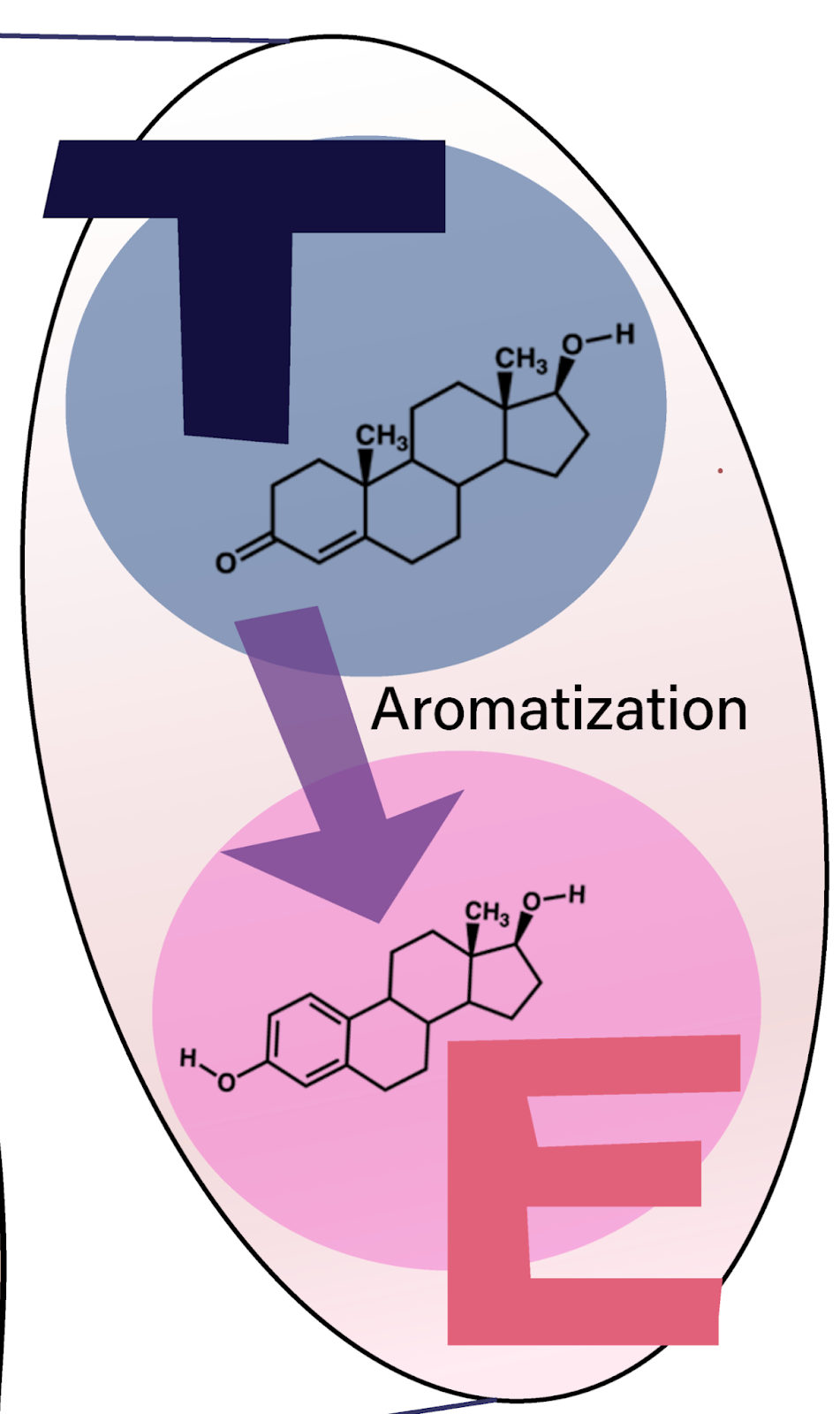What is it
Unsubscribe | Report as spam | Change email preferences
Atamestane
Hey, Matt Cook here, and a phrase you may hear being thrown around is benign prostate hyperplasia…
And basically it’s just the fancy medical term given to a swollen prostate when it’s not considered cancerous.
Though it is “benign,” it is certainly not something you can ignore.
The most common symptom is difficulty urinating, needing to urinate frequently, or the inability to completely empty the bladder.
Officially, the cause is unknown.
But medical professionals often hint that they believe this problem is caused by male hormones…
…because many believe the male hormones cause other prostate problems.
In truth, estrogen is the primary hormone associated with swelling in the body.
And when men with benign prostate hyperplasia were given estrogen-lowering treatments…
…their prostate volume decreased and their symptoms regressed.
The human research was carried out at the University of Bonn in Germany. The findings were published in the Journal of Steroid Biochemistry and Molecular Biology.
The belief that male hormones cause prostate problems pervades the medical industry.
Animal researchers looking to find the precise mechanism accidentally uncovered the fact that estrogen causes prostate problems in animals.
“Recent studies have shown that estrogen might be closely linked to the onset and maintenance of benign prostate hyperplasia.”
Some human research seemed to back up that line of evidence too.
So these German researchers decided to see what happened to BPH patients when their estrogen levels were lowered chemically.
“We examined the effect of Atemestane in men with benign prostate hyperplasia.”
Atamestane lowers estrogen.
In men, most estrogen comes from the conversion of testosterone.
Testosterone is converted to estrogen by an enzyme called aromatase.
The treatment using this study (Atamestane) decreases this enzyme.
This aromatase inhibitor keeps testosterone higher and estrogen lower.
The researchers recruited 49 men between the age of 55 and 84 with obstructive benign prostate hyperplasia.
They were treated with 200mg of Atemestane 3 times a day for 3 months.
The researchers found a slight improvement in symptoms after treatment.
“Symptoms such as daytime urination frequency, nighttime urination, peak flow and residual urine improved considerably, though they did not reach statistical significance.”
The chemical aromatase inhibitor lowered estrogen levels in the blood and in the prostate.
“Serum estrogen levels decreased during treatment and prostate estrogen levels decreased compared with untreated patients.”
The main structural abnormality in benign prostatic hyperplasia is the swelling of the prostate gland.
Decreasing estrogen (and probably increasing testosterone) significantly reduced prostate volume.
Lowering estrogen reduced the prostate swelling.
“The mean prostatic volume decreased significantly from 74 to 64.”
Estrogen reduction decreased prostate volume by about 15%.
This and other lines of research all point toward a significant role of estrogen in the initiation, progression, and maintenance of prostate hyperplasia.
“Estrogens may have an important role in BPH. Estrogen deprivation improves BPH symptoms and significantly reduces prostate volume.”
High estrogen is also implicated in more serious prostate conditions – like lethal prostate cancer.
Nutritional analysis is also shown that food-based aromatase inhibitors are associated with a lower risk of prostate problems.
These include well cooked mushrooms and zinc-containing foods like oysters.
It is possible to get very potent anti-estrogen effects using just food-based aromatase inhibitors and some targeted supplementation.
High-fat diets are very often the road to prostate problems.
Partly because they increase estrogen, and partly because they cause leaky gut – sending inflammatory bacteria into the prostate.
Hormones do play a large role in prostate problems – but not the hormones most people think!
For instance, high-normal levels of testosterone and DHT are actually protective of the prostate…
—-Important Message About Stopping Aromatization—-
1 sip of this naturally lowers estrogen while boosting testosterone
Most men are producing testosterone just fine on their own…
The problem is something called “aromatization.”
Aromatization is when testosterone gets turned into estrogen in a man’s body.
And that’s the real reason why testosterone levels stay low.
It’s because all the new testosterone you’re producing keeps getting turned into estrogen.
So instead of wasting money on T supplements or patches, tablets, or injections from the doc…
Just take 2 minutes to cook this little mixture – 1 sip stops aromatization and starts naturally boosting T while estrogen drops
———-



